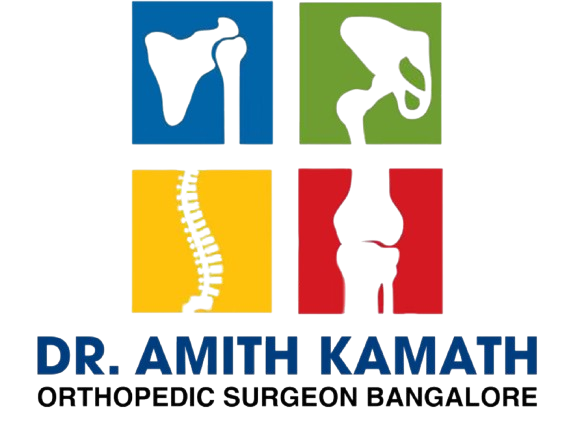Fracture! Awareness | Symptoms
& Precaution

Fracture! Awareness | Symptoms & Precaution
A fracture is a break in the bone. An open or compound fracture occurs when a broken bone punctures the skin. Low bone density and osteoporosis are two other causes of bone weakness. When a bone is subjected to more force than it can withstand, it will split or break. A fracture is a break of any size.A stress fracture is a break in the bone caused by repeated or prolonged forces on the bone. The repeated stress weakens the bone until it eventually fractures. Fractures are commonly caused by: Car accidents, Falls, Sports injuries. Fracture Classification:Open (Compound) fracture, Closed fracture, Intra-articular fracture. Awareness :It is difficult to distinguish between a dislocated joint and a broken bone. Both are emergencies, and the basic first aid procedures are the same. The following are some of the most frequent cause of broken bones: Falling from a great height, Trauma, Motor vehicle accidents ,Direct blow , Child abuse ,Repetitive forces, such as running, can result in stress fractures of the foot, ankle, tibia, or hip. Symptoms : A visibly Dis-locate or misshapen limb or joint , Swelling, bruising, or bleeding , Intense pain , Numbness and tingling ,Broken skin with bone protruding , Limited movement or inability to move a limb or put weight on the leg. The following are some first aid procedures:
Examine the individual’s airway and breathing. The local emergency number if necessary, and begin rescue breathing, CPR, or bleeding control.
Maintain the person’s stillness and calm,
Inspect the person carefully for other injuries , In most cases, if medical assistance arrives quickly, allow medical personnel to take further action, If the skin is broken, it should be treated as soon as possible to avoid infection.
# Check blood circulation
Examine the individual’s blood circulation. Firmly press on the skin beyond the fracture site.
(For example, if the fracture is in the leg, apply pressure to the foot). It should blanch white for about 2 seconds before turning pink.
Symptoms of poor circulation
Pale or blue skin ,
Numbness or tingling ,
A loss of pulse.
Do readjust the limb into a normal resting position if circulation is poor and trained personnel are not readily available. This will reduce swelling, pain, and tissue damage caused by a lack of blood.
# Monitor and control Bleeding
To dress the wound, place a dry, clean cloth over it ,
If the bleeding worsens, apply direct pressure to the wound.
If the bleeding is not life threatening, do not apply a compression bandage to the extreme point ,
Once a bandage is applied, tissue can only survive for a limited time.




